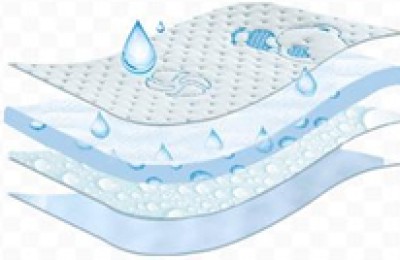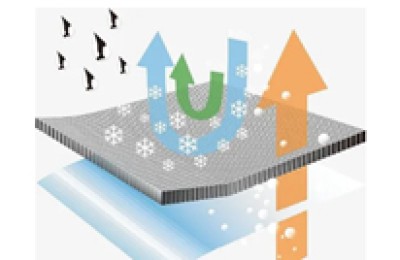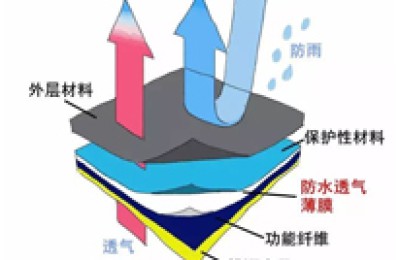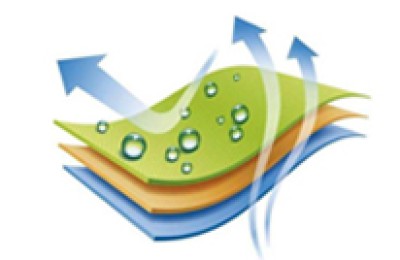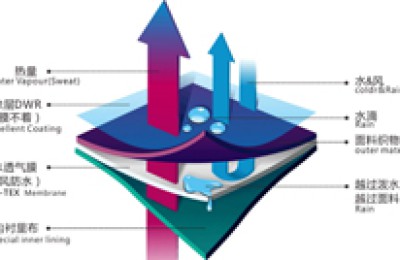Stain-Resistant, Fireproof, and Flame-Retardant Fabric
Overview:
Stain-resistant, fireproof, and flame-retardant fabrics are specialized materials designed to provide enhanced protection against stains, fire, and heat. These fabrics are commonly used in various industries, including:
- Safety Gear: Firefighting uniforms, protective clothing for industrial workers, and military equipment.
- Furniture and Upholstery: Sofas, chairs, curtains, and other home furnishings.
- Automotive Industry: Seat covers, interior trims, and safety components.
- Healthcare: Patient gowns, bed linens, and operating room drapes.
- Commercial Applications: Hotels, airplanes, and public transportation.
Key Features:
-
Fireproof and Flame Retardant:
- Inherent Properties: Some fabrics are inherently flame retardant due to their chemical composition (e.g., Aramid fibers like Nomex or Kevlar).
- Treated Fabrics: Other fabrics can be treated with flame-retardant chemicals that inhibit ignition and slow the spread of flames.
- Self-Extinguishing: Many of these fabrics are designed to self-extinguish once the source of ignition is removed.
-
Stain Resistance:
- Durable Water Repellent (DWR) Coatings: These coatings repel water and oil-based stains, making the fabric easier to clean.
- Nano-Coatings: Advanced nanotechnology can create a barrier that prevents liquids from penetrating the fabric.
- Chemical Treatments: Certain chemicals can be applied to the fabric to enhance its resistance to stains without affecting its breathability or comfort.
-
Durability and Longevity:
- High Tensile Strength: These fabrics are often engineered to withstand high levels of stress and strain, ensuring they remain intact even under extreme conditions.
- UV Resistance: Many fireproof and flame-retardant fabrics are also UV-resistant, preventing degradation from prolonged exposure to sunlight.
-
Comfort and Breathability:
- Breathable Materials: Despite their protective properties, many of these fabrics are designed to allow airflow, keeping the wearer comfortable.
- Moisture-Wicking: Some fabrics include moisture-wicking properties to keep the skin dry and prevent overheating.
-
Environmental Considerations:
- Sustainable Options: There is a growing trend towards eco-friendly, sustainable fireproof and flame-retardant fabrics that minimize environmental impact.
- Recyclability: Some manufacturers are focusing on creating recyclable or biodegradable options to reduce waste.
Common Types of Fabrics:
- Aramid Fibers (Nomex, Kevlar): Known for their exceptional thermal stability and strength.
- Modacrylic Fibers: Offer excellent flame resistance and are often used in protective clothing.
- Polybenzimidazole (PBI): Provides superior thermal and chemical resistance.
- FR Cotton: Cotton treated with flame-retardant chemicals to enhance its protective properties.
- Intumescent Coatings: Applied to fabrics to expand when exposed to heat, forming a protective char layer.
Applications:
- Personal Protective Equipment (PPE): Essential for firefighters, electricians, welders, and other professionals working in hazardous environments.
- Interior Design: Used in commercial spaces where safety regulations require flame-retardant materials.
- Military and Defense: Critical for personnel operating in combat zones or handling explosives.
- Public Transportation: Ensures passenger safety in case of fires or accidents.
Conclusion:
Stain-resistant, fireproof, and flame-retardant fabrics play a crucial role in enhancing safety and durability across various industries. Their ability to protect against fire, resist stains, and maintain longevity makes them indispensable in applications where safety and performance are paramount. As technology advances, we can expect these materials to become even more effective and environmentally friendly.



